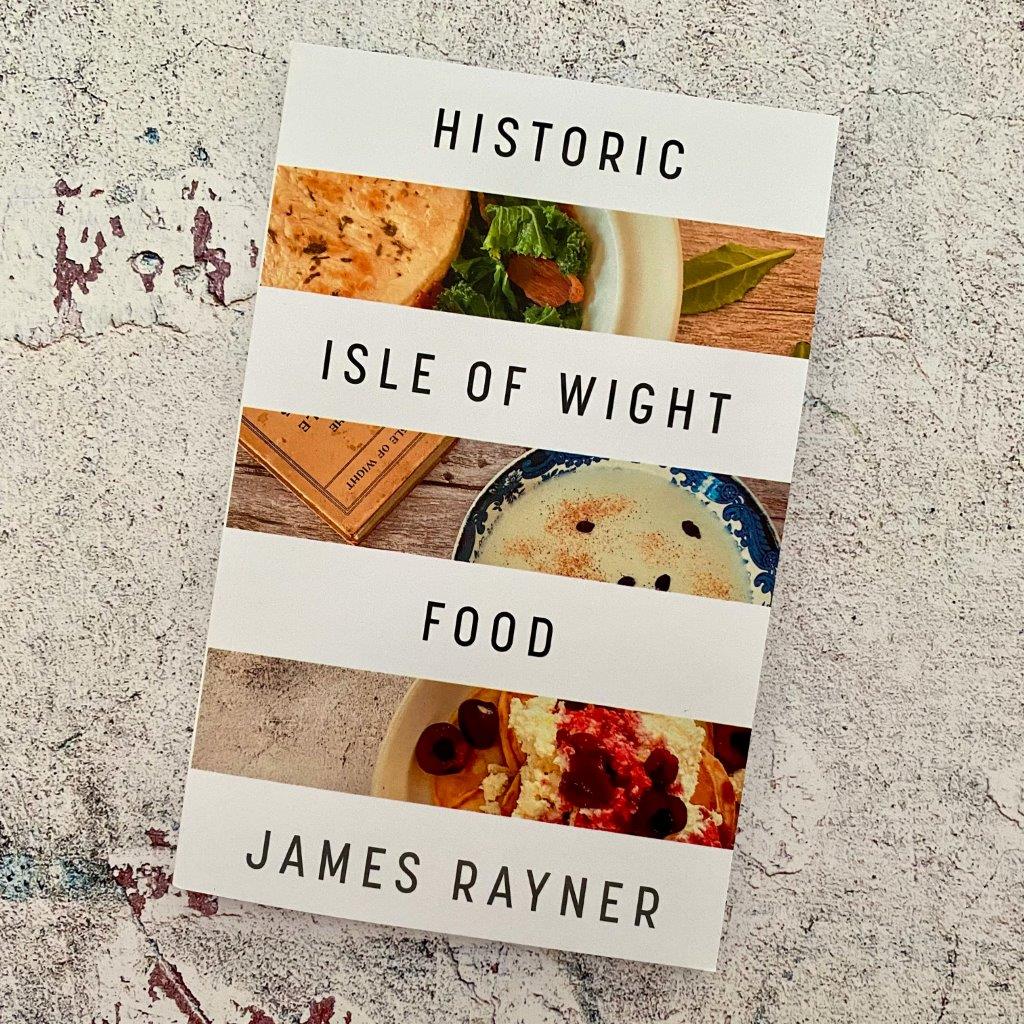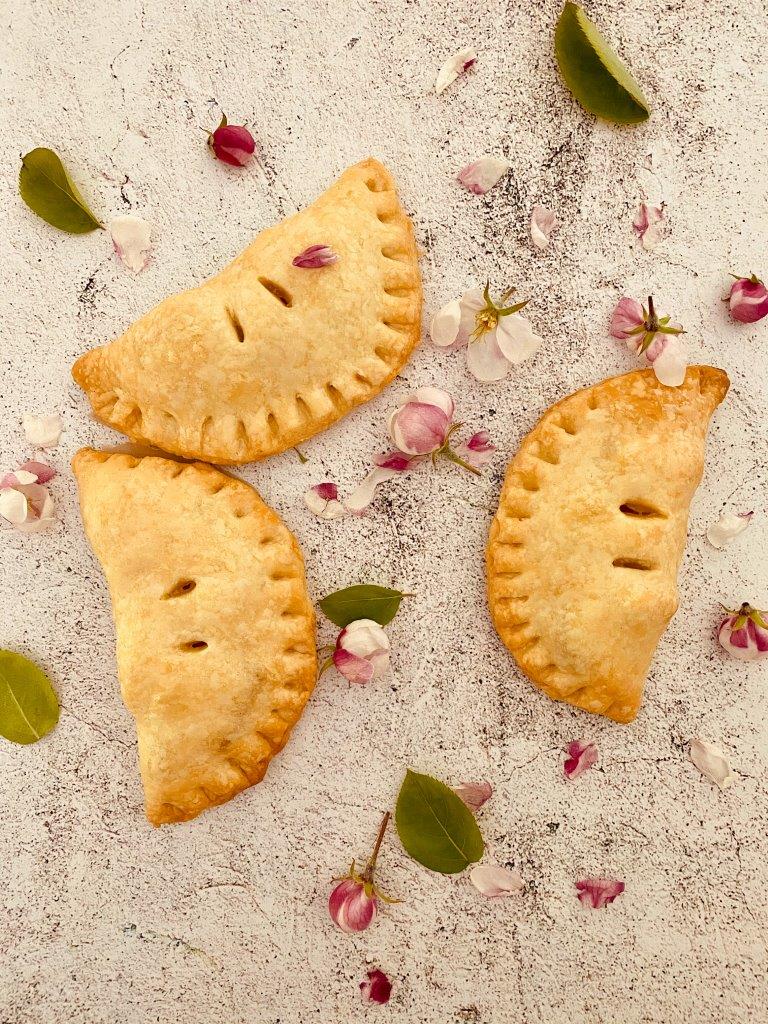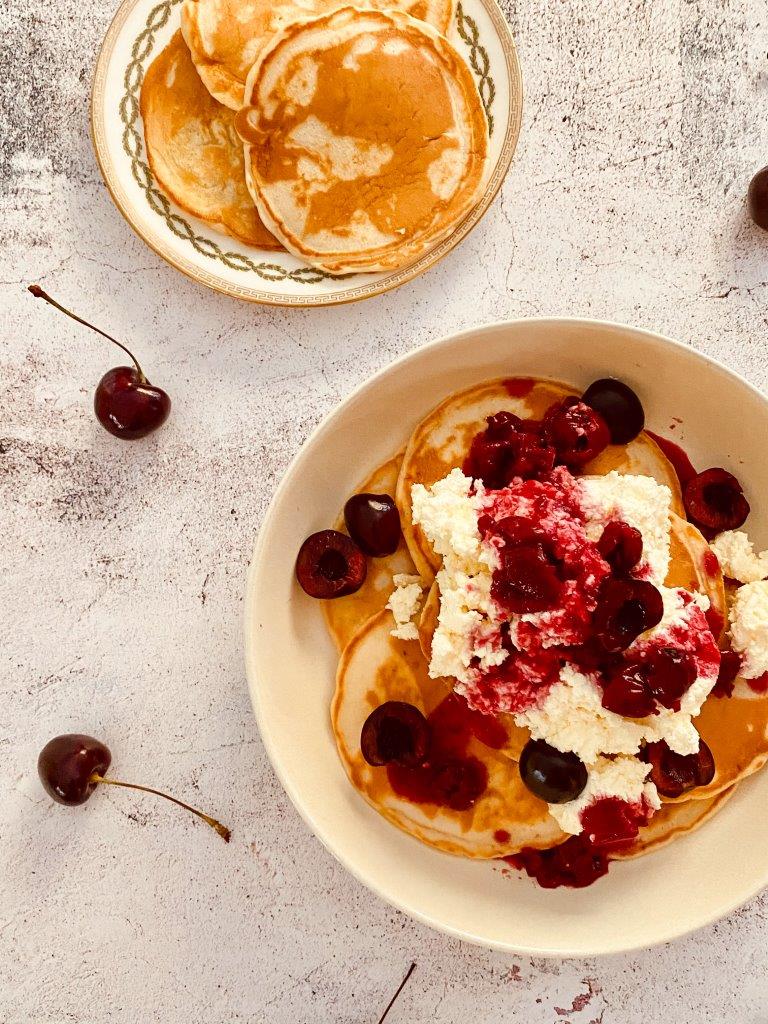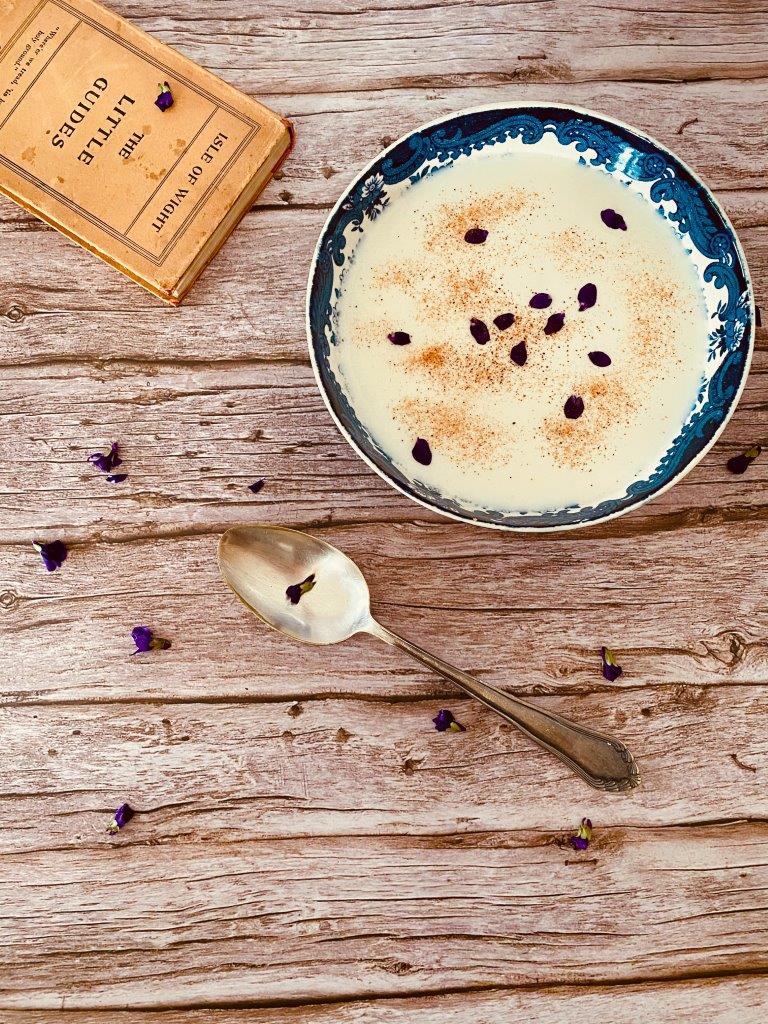
Historic Isle of Wight Recipes
Local Isle of Wight writer James Rayner uncovers the Island’s forgotten culinary heritage in his comprehensive book, Historic Isle of Wight Food. His book takes a tour of the lost world of Isle of Wight food, bringing to life the forgotten elements that characterised the Island’s regional cuisine in centuries past, from foraged fruit wine to samphire and sand sprats. Here he shares some special Isle of Wight recipes with us…

Apple Stucklens
Apple Stucklens were a small pastry filled with sliced apples and baked without a dish. The most common form seems to have been similar to an apple turnover but semicircular in shape (like a small Cornish pasty) and filled with sliced apples and sugar. They’re mentioned in a few novels by local author Maxwell Gray (1846 – 1923), who describes how they were taken into the fields by farm workers at harvest time.
Apple Stucklens Recipe
Makes 6
375g shortcrust pastry
3 medium apples (sliced, peeled and cored)
75g of light brown sugar or golden caster sugar
25g of unsalted butter
The zest of a lemon
Cinnamon (to taste)
Whole milk for glazing
- Melt the butter in a saucepan before adding the sliced apple, lemon zest and 1 tablespoon of water. Cook for around 5 minutes, or until the apple has softened.
- Roll the pastry out on a lightly floured surface until it’s half a centimetre in thickness. Using the rim of a glass or a circular pastry cutter, cut out as many circles as you can from the pastry.
- Place about half a tablespoon of the apple mixture on one side of each pastry circle, leaving a border around the edge. Sprinkle the apple with 1⁄2 tsp of golden caster sugar or light brown sugar and a pinch of cinnamon.
- Brush the border with milk then bring the empty side of the pastry over the filled side and press the edges together. Crimp the edge for a more decorative finish. Cut two small slits on the top of the stucklen for steam to escape and transfer them to a baking sheet or tin, lined with baking paper.
- Brush each stucklen with whole milk to glaze and sprinkle over any remaining sugar.
- Bake at 180°C until golden. Leave to cool on a wire rack before serving.

Vlitter Pancakes
Vlitters, also known as bletters or flitters, were a type of small pancake. They were not as thin or wide as a crêpe and probably more closely resembled Scotch pancakes or the Welsh crempog pancakes. On Shrove Tuesday, if households on the Island ran out of Shrove Cakes to give to the singers going door to door, then these pancakes or doughnuts were often given instead.
As with many of the Island’s historic foods, it seems no recipe has survived, so the following is a recreation of what they might have looked like.
Vlitter Pancake Recipe
Makes 10
225g self-raising flour, sifted
250ml whole milk
25g caster sugar
40g butter, melted
1 medium egg
2 tsp vegetable oil
- Sift the flour and sugar into a mixing bowl. Make a well in the middle and add the melted butter, egg and 125ml of the whole milk. Mix together, slowly adding the rest of the milk until it creates a smooth, thick batter.
- Lightly oil a frying pan and heat. Drop two or three tablespoons of mixture into the pan at a time to make a pancake roughly 8cm wide. Cook as many as you can fit in your pan, for between a minute and a minute and a half, or until bubbles appear on the surface.
- Flip the pancakes and cook for a further minute until golden, crisp and puffy.
- Cool on a wire rack and cover with a clean tea towel while you make the rest.
- Serve with whipped cream, fruit, honey or treacle. For a savoury version add bacon and cheese.

Junket
An ancient milk-based dessert, a bit like panna cotta, said to take its name from the French word ‘jonquette’. It has existed in Britain since at least the medieval period and still has strong associations with the West Country. The Isle of Wight was supposedly renowned for its junkets, which were typically covered in an inch-thick layer of clotted cream. Historically they were served in a large ceramic bowl known as a ‘basin’ and often eaten with a scattering of fresh fruit. For a more up-to-date version, try swapping the brandy for a splash of rum instead.
Junket Recipe
Serves 4 – 5
500 ml of whole milk (preferably from Jersey or Guernsey cattle)
Flavouring such as 1⁄2 tbsp brandy or 1⁄2 tsp. orange
flower or rosewater (optional)
1 tbsp. caster sugar (optional)
1 tsp. liquid vegetarian rennet
Nutmeg or cinnamon to dust
Clotted cream
- Heat the milk, a generous pinch of nutmeg and any other flavouring in a saucepan to 37°C (body temperature).
- Add the rennet and stir it quickly throughout the mixture before pouring it into a china bowl or individual portion-sized glasses.
- Allow to set for around 15 minutes at room temperature then chill in the fridge for an hour before serving. Dust with nutmeg or cinnamon and serve with clotted cream and fruit.
ℹ️ Born on the Isle of Wight, James studied language and literature at the University of Iceland and University of Malmö in Sweden and now writes as a freelancer, specialising in food, travel and history. More recipes from the Isle of Wight (and around the globe!) can be found on James Rayner’s blog, or you can purchase a copy of the recipe book from one of Wightlink’s cafes and from Medina Bookshop online.
